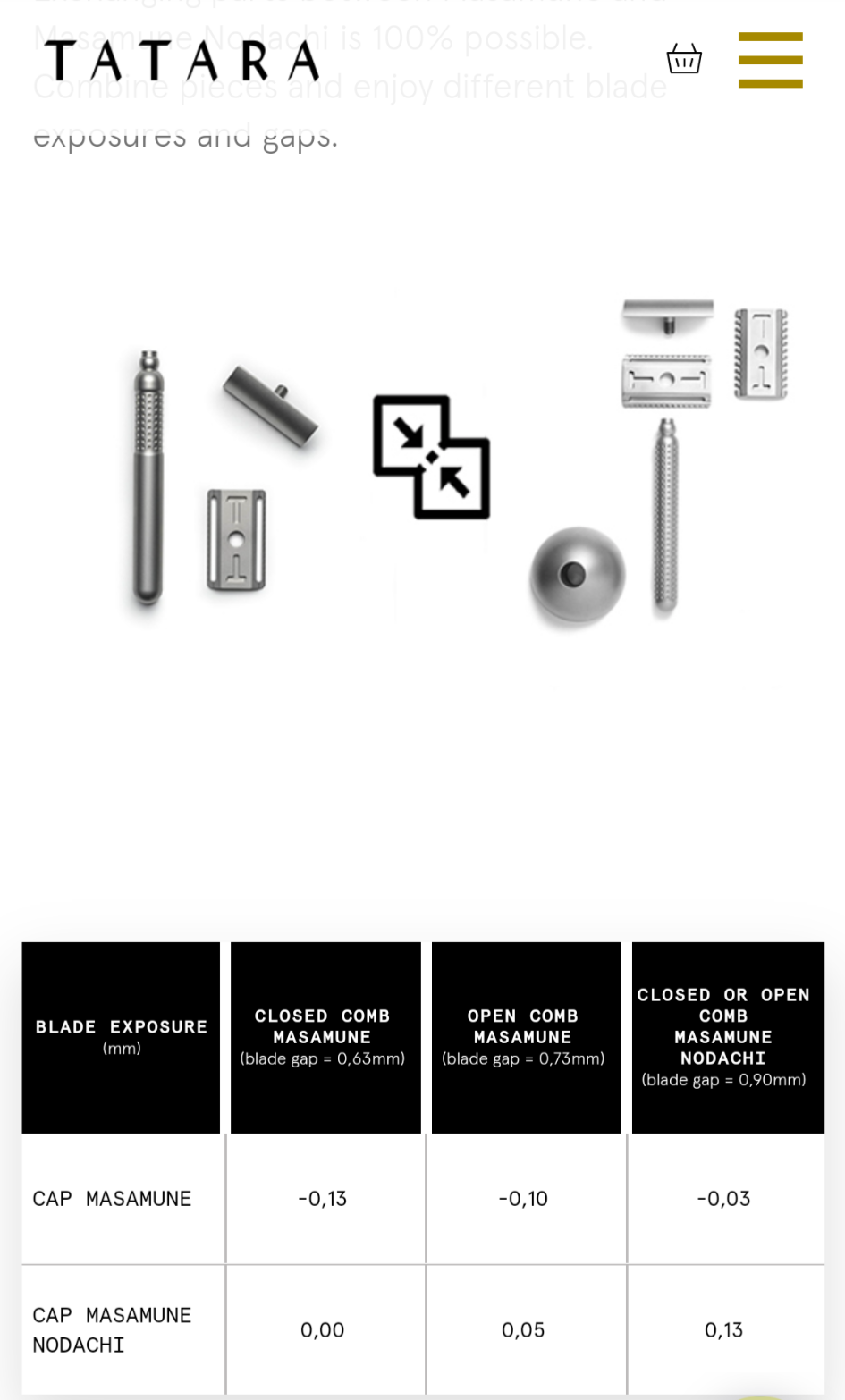That would defeat the purpose of finding where the blade is least supported. How would you propose to do this on a slant? Pictures, drawings?Thus a piece of very rigid and light material should be placed between
the whole length of the very edge and
the tip of the fiddlestick ,
in order to distribute the force evenly
to the whole length of blade’s edge.
I get repeat readings from my setup.
My method of contacting the blades edge in a specific point lets me see where the flex is at the greatest area. The Fiddlestick is set at the angle the blade is at, to prevent deflection.
An example would be the Fatip FOCS, the blade is rigid as a rock in the center, but at the edges it flexes just like an R41, but not to the same extent, about twice the force is required to see the same amount of flex.
On the other hand, on a New SC, a RR GC OC 84, a Fatip Grande, and a Gillette Heritage the blade is is supported equally across the entire length of the blade.










